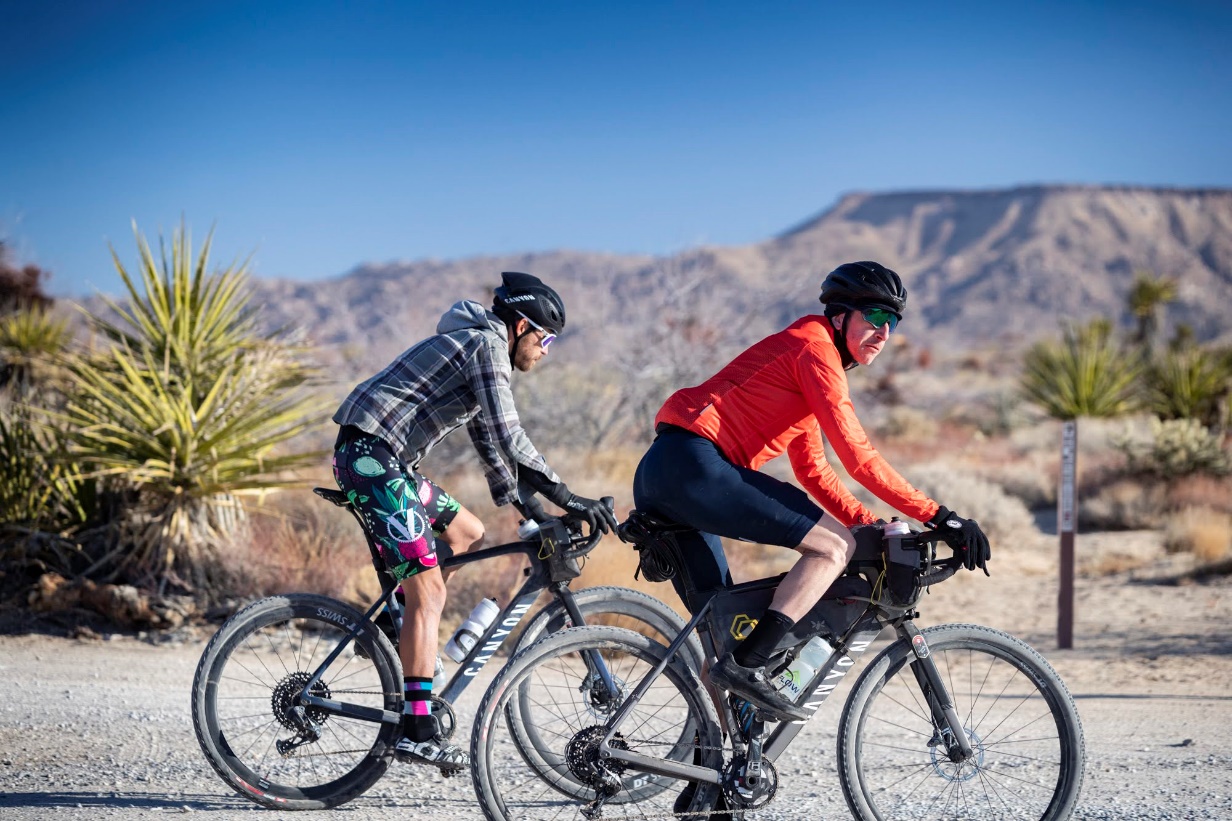Q&A with Jeremiah Bishop: The Impossible Route

- Congratulations on your recent successful completion of the ‘impossible route’ through Death Valley! Can you tell us more about what inspired you to create Impossible Routes?
Thank you! The Impossible Route concept was a natural extension of my wish to test the limits as a competitor and my love of the outdoors and exploring new remote places.
- You say everyone has their own impossible route. When did biking become yours and what made you decide to challenge yourself to try cycling different impossible routes?
As a kid, growing up I had a chance to test out a mountain bike through the forest behind our house. It was mind blowing to me that you could mountain bike on almost any terrain. Coming from a poor neighborhood with a mind rich with imagination, I had found my wings. Sometimes you need a goal and even if it seems impossible, the dreams inspire the work, direction and focus that always result in great things.
- How do you train before your expeditions to prepare for the near impossible?
Prior to mountain biking Death Valley, I had months of training that included strength conditioning, indoor stationary trainer sessions, and countless hours riding in the cold doing back-to-back days of five to six hours of riding.
- In Impossible Routes Episode 1: Mauna Kea, you state that the ride is harder than you thought it would be, but a dream come true. Has your completion of such a difficult excursion inspired you to complete the Death Valley route and other bike routes?
Absolutely! The Mauna Kea expedition was definitely not just a finish line, but the Genesis for the entire project of Impossible Routes. When you realize your capabilities exceed what you think they are, it begs the question. Where IS my limit?
- You and your friend Tyler, also known as the Vegan Bicyclist, complete these impossible routes together. What are the pros and cons of enduring these impossible routes together?
Tyler is a relatively new cyclist, so as a storyteller he weaves in the humor and shares how frustrating riding a bike in crazy places can feel. I am the sage of wisdom, the old guy who knows how to get us out of trouble and can lead when the going gets tough. For the video, this chemistry really shows and despite us being opposites we work together to make it to the finish.
- On the Death Valley expedition, the riders were challenged to complete each day’s route self-sufficiently, carrying what they’d need or relying on “trail magic” along the way. Can you explain why it was important for you to have Iridium® 9555 devices as part of the few items you carried?
During the Impossible Routes, we’ll have no cellular service for days, so having the Iridium 9555 satellite devices is crucial. It allows us not only to have operational communications with the film crew that could be two mountain ranges ahead, but it also acts as a safety net should someone get injured or lost. In some instances, it could in fact save your life.
- Can you tell us more about the other impossible routes you have planned?
We are really excited about the Glacier to Teton trip coming up. Additionally, next season we have plans to do Trans Andes from the Amazon basin over the high Andes and through the worlds driest location, the Atacama Desert!955
- Do you have any advice for future bikers that want to follow in your footsteps and complete their own impossible routes?
My advice is the same if you plan to ride 12 miles or 1200 miles. Plan ahead with safety first in mind and leave your ride plan with someone you trust. Bring back-up supplies and reliable communication devices you trust. Take on progressively longer or more exploratory routes so you build confidence, capability, and mental skills to one day master “your impossible”.
To learn more about The Impossible Route, visit: http://www.theimpossibleroute.com/

